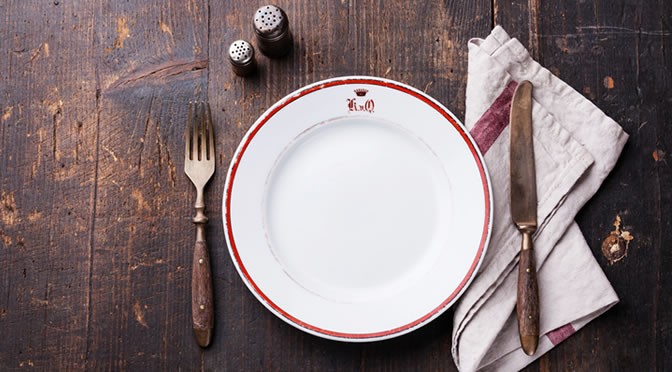The cuisines surveyed included American, Chinese, Greek, Indian, Italian, Japanese, Mexican, Thai and Vietnamese.
Meals at 92% of restaurants exceed the recommended calorie requirements for a meal, a new study finds.
Researchers looked at food in 364 restaurants, both chain and local alike, across three different cities in the US.
In some cases the calories in a single meal exceeded the recommended calorie intake for an entire day.
And that is without drinks, appetisers or desserts.
Professor Susan B. Roberts, one of the study’s authors, said:
“These findings make it clear that making healthy choices while eating out is difficult because the combination of tempting options and excessive portions often overwhelm our self-control.
Although fast-food restaurants are often the easiest targets for criticism because they provide information on their portion sizes and calories, small restaurants typically provide just as many calories, and sometimes more.
Favorite meals often contain three or even four times the amount of calories a person needs, and although in theory we don’t have to eat the whole lot in practice most of us don’t have enough willpower to stop eating when we have had enough,”
The meals chosen were the most popular in the various restaurants.
The cuisines surveyed included American, Chinese, Greek, Indian, Italian, Japanese, Mexican, Thai and Vietnamese.
The worst offenders for high calorie content were American, Chinese and Italian restaurants, with an average level of 1,495 per meal (not including drinks, appetisers and so on — just the meal).
Professor William Masters, a study co-author, said:
“Oversize servings lead a lot of dieters to avoid most restaurants entirely, or stick to items like salads that they know are served in reasonable portions.
Standard meals are sized for the hungriest customers, so most people need superhuman self-control to avoid overeating.
There is a gender dimension here that is really important: women typically have a lower caloric requirement than men, so on average need to eat less.
Women, while dining out, typically have to be more vigilant.”
Professor Roberts blame biology for our tendency to overeat:
“More than 100 years ago the Russian scientist Ivan Pavlov received the first Nobel Prize awarded for integrated systems physiology for discovering the ‘cephalic phase of digestion,’ which is basically a mechanism designed to make us hungry and tempted when there is available food for the taking.
All we have to do is see and smell food and our sympathetic nervous system revs up, insulin secretion drops blood glucose and our stomach relaxes — the goal of these physiological changes being to prepare us to eat all the food within reach.
So we order our favorite dishes because that is what tempts us, and then we eat more than we need because the portion is too large.”
The study was published in the Journal of the Academy of Nutrition and Dietetics (Urban et al., 2016).
Place setting image from Shutterstock
